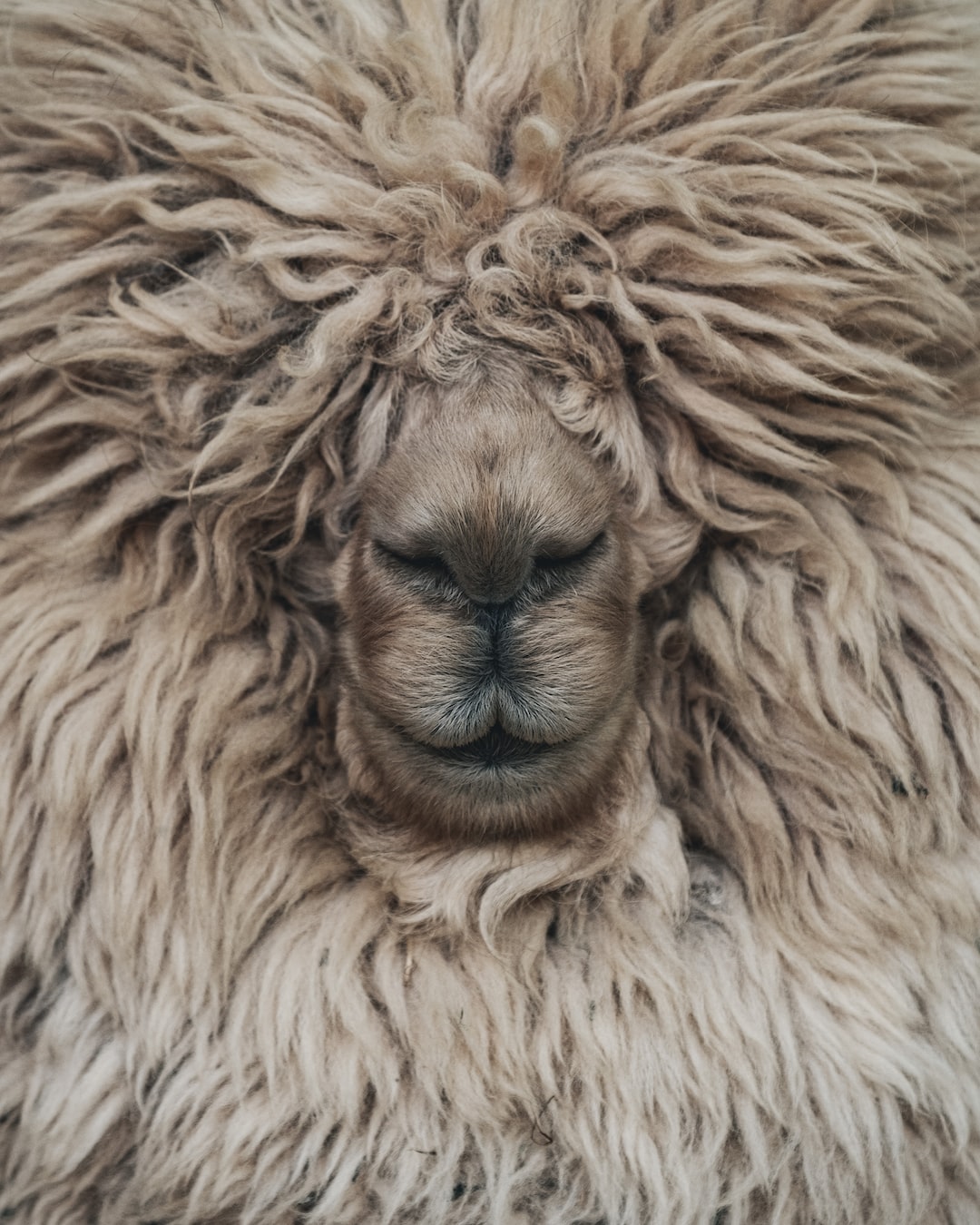The Remarkable Adaptations of Desert Animals
Deserts are harsh environments characterized by extreme temperatures, scarce water sources, and limited food availability. These conditions have forced animals living in deserts to evolve incredible adaptations to survive. From camels to snakes, desert animals have developed remarkable traits that make them perfectly suited to these unforgiving habitats.
One of the most iconic desert animals is the camel. These incredible creatures have a variety of adaptations that enable them to thrive in arid environments. Most notably, camels are able to survive for long periods without water. They have the ability to store large amounts of water in their bodies, which enables them to endure weeks without drinking. Additionally, their nostrils can close completely, preventing sand and dust from entering their respiratory system. Furthermore, their humps are not water storage compartments as commonly believed. Instead, they are filled with fatty tissue that can be metabolized when food is scarce, providing energy for extended periods.
Another fascinating adaptation can be found in desert snakes. These reptiles have evolved the ability to survive without drinking water. Instead of obtaining water from external sources, desert snakes derive moisture from the prey they consume. This enables them to go for months without a drink. Moreover, snakes have scales on their skin that help reduce water loss through evaporation. These scales act as a waterproof barrier, allowing them to conserve valuable moisture in the scorching desert heat.
Insects are also highly adaptable in desert environments. Take the desert beetle as an example. These beetles have developed a unique system of collecting water from fog. They have specialized outer wings that are covered in hydrophilic bumps. These bumps attract water molecules from the air, which then condense into droplets that the beetle drinks from. This incredible adaptation allows the desert beetle to survive in regions where rainfall is virtually nonexistent.
Furthermore, the kangaroo rat has an extraordinary method of conserving water. These small rodents barely drink any water at all. They obtain most of their moisture from the metabolic breakdown of the food they eat. Additionally, their kidneys have evolved to produce concentrated urine, allowing them to excrete as little water as possible. These adaptations enable the kangaroo rat to survive in the desert with minimal access to water sources.
In conclusion, the adaptations of desert animals are truly remarkable. From the camel’s ability to store water and endure weeks without drinking to the snake’s capability to derive moisture from prey, desert creatures have developed a range of strategies to thrive in challenging conditions. Whether it is the desert beetle’s fog-collecting wings or the kangaroo rat’s water-conserving traits, these animals showcase the incredible power of adaptation in the face of adversity. The ability of these creatures to not only survive but thrive in extreme environments is a testament to the wonders of the natural world.

